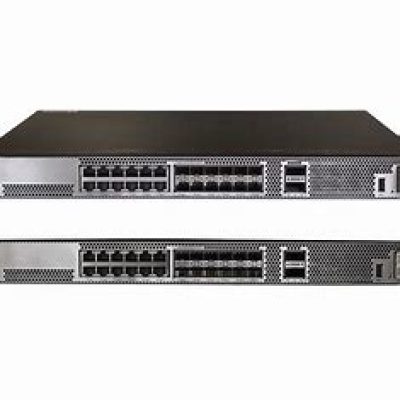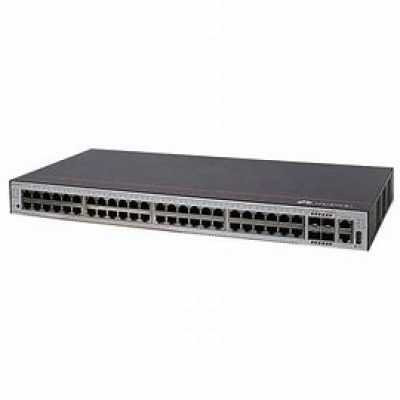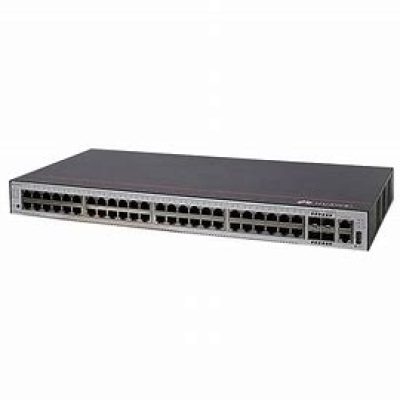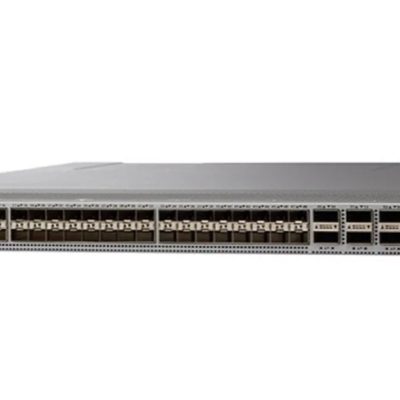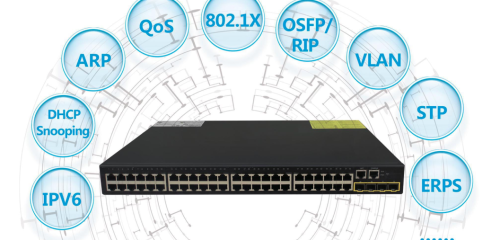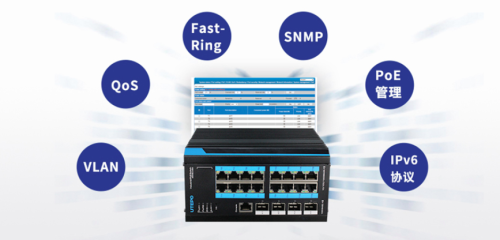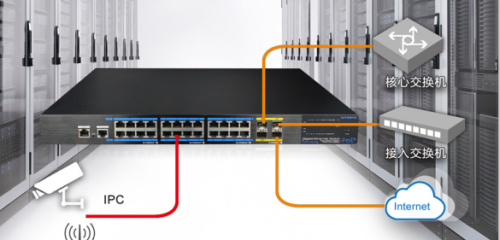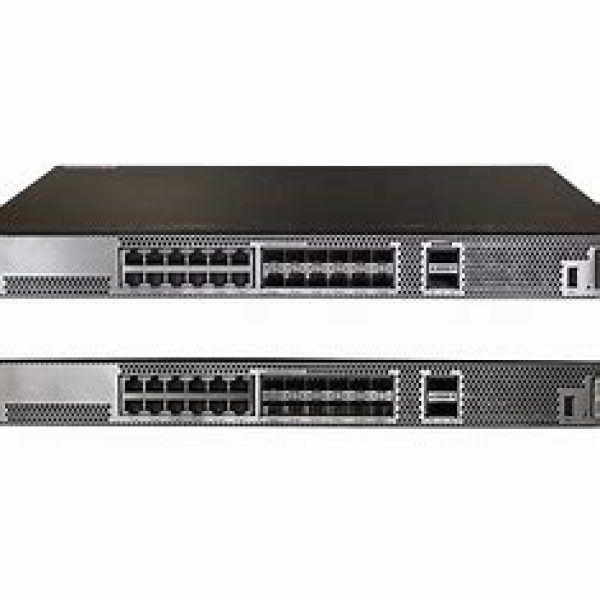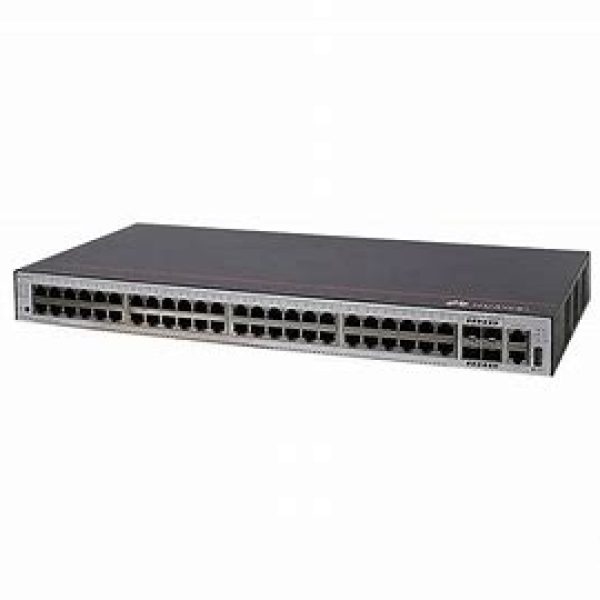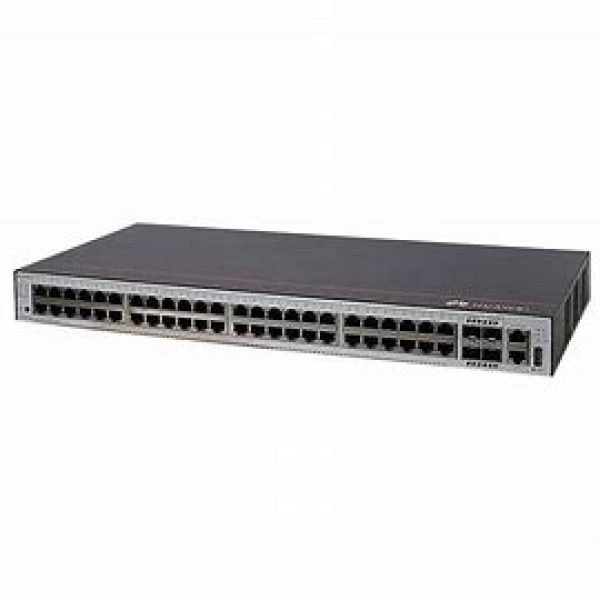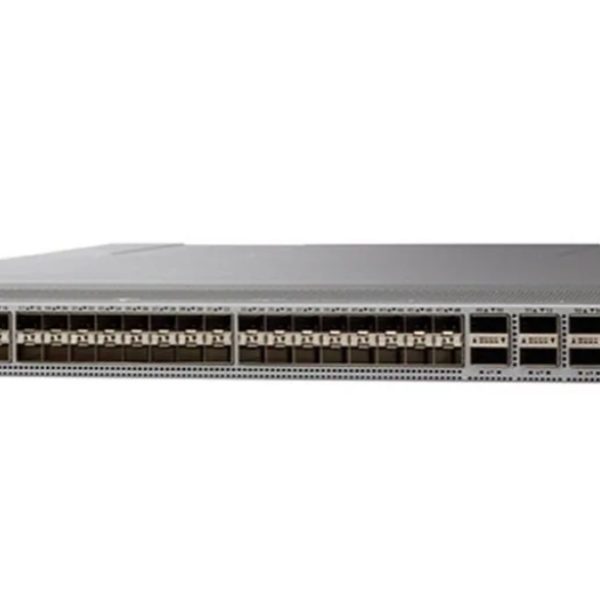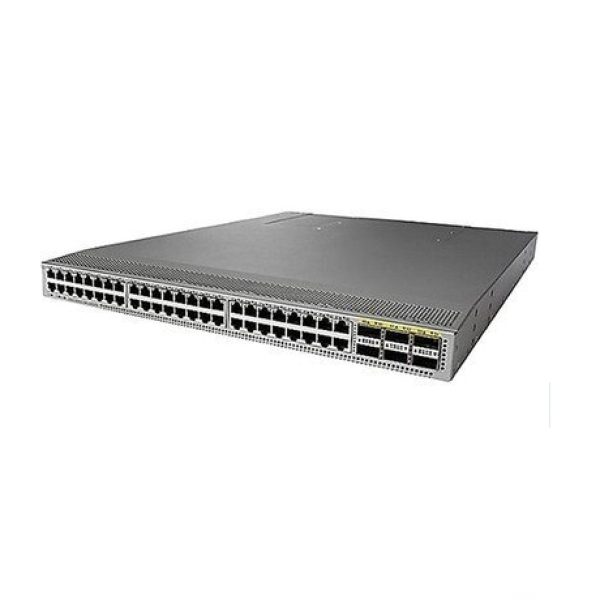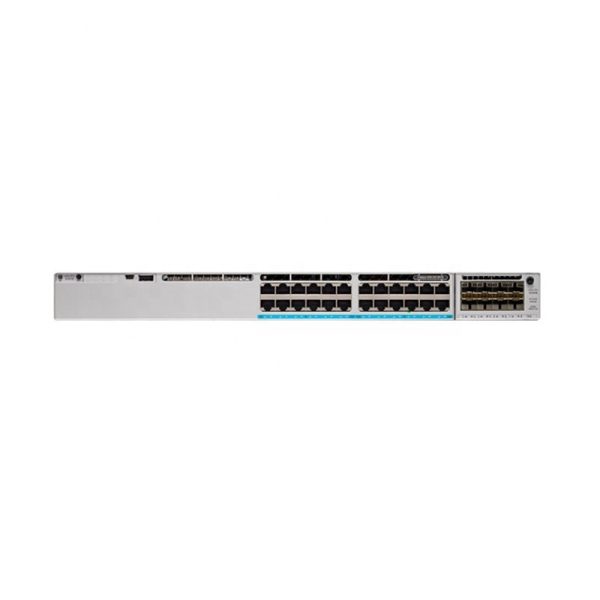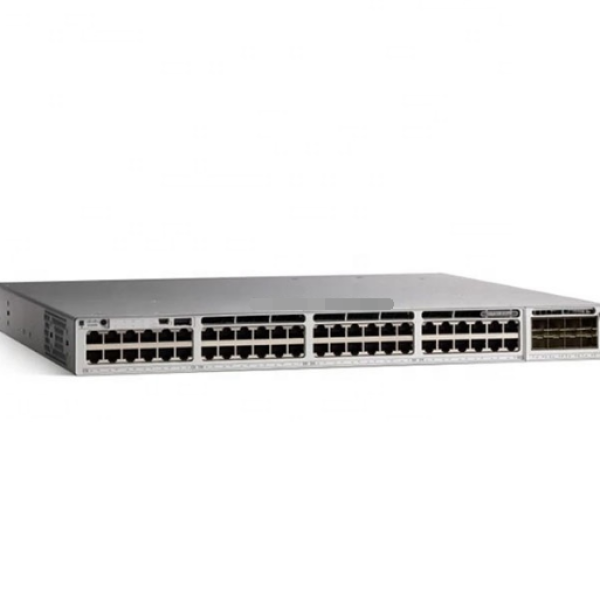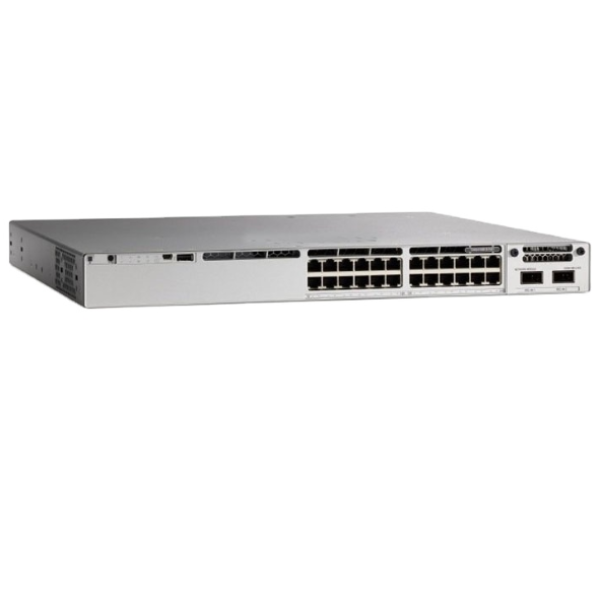Network managed switches have more powerful functions than non network managed switches. It is usually used to monitor connection status STP、 Other advanced performance similar to QoS and VLAN provide Simple Network Management Protocol (SNMP). These features vary depending on the manufacturer and model. Network managed switches are much more expensive and time-consuming to configure than non network managed switches, usually requiring plug-in operations. Below is a detailed introduction to the differences between network managed and unmanaged Ethernet switches. Disadvantages of unmanaged switches:
- Non managed switches have limited functionality and are suitable for small networks.
- Not supporting ARP protection, ARP attacks are not viruses, so almost all antivirus software is helpless against them; But it is better than a virus - because it can cause slow communication, network paralysis, and even information leakage.
- Cannot support binding MAC addresses.
- Not supporting VLAN partitioning, end users connected on unmanaged switches in the same broadcast domain may experience broadcast storms, which cannot be protected or suppressed. Causing congestion, blockage, and flooding throughout the entire network, resulting in network paralysis.
- Does not support traffic based control.
- The reliability of data transmission is poor, resulting in serious packet loss.
- The assembly is single and cannot be applied in large and medium-sized networks, which poses significant limitations for network upgrades and expansion.
- Inconvenient management and high hardware failure rate. Advantages of unmanaged switches:
- Cheap price, saving expenses.
- The number of ports is dense.
- Flexible user usage. Advantages of network managed Ethernet switches:
- The backplane bandwidth is large, and the data forwarding speed is faster.
- Flexible networking, utilizing the access layer of large and medium-sized networks.
- The provided ports are flexible, and different interface forms can be selected according to the application of the network, such as: SFP、GE、 Fast Ethernet port, Ethernet port, etc.
- Support VLAN partitioning, allowing users to divide regions for different applications, effectively controlling and managing the network. Progress suppresses the broadcast storm.
- The data throughput of a network managed switch is high, the packet loss rate is low, and the latency is low.
- Data information flow can be controlled based on source, destination, and network segment.
- Link aggregation allows switches and switches, as well as switches and servers, to be bound together through multiple Ethernet ports, achieving load balancing.
- Equipped with ARP protection function, it improves the reduction of ARP spoofing in the network.
- Binding with MAC address.
- The port mirroring function can copy the traffic and status of one port to another port of the switch for supervision.
- Supports DHCP functionality.
- The access control list can control IP packets, such as restricting their traffic, access, and providing QoS, etc.
- Has good security performance: switches can filter MAC addresses, lock MAC addresses, and construct static MAC forwarding tables.
- Capable of supporting IEEE802

